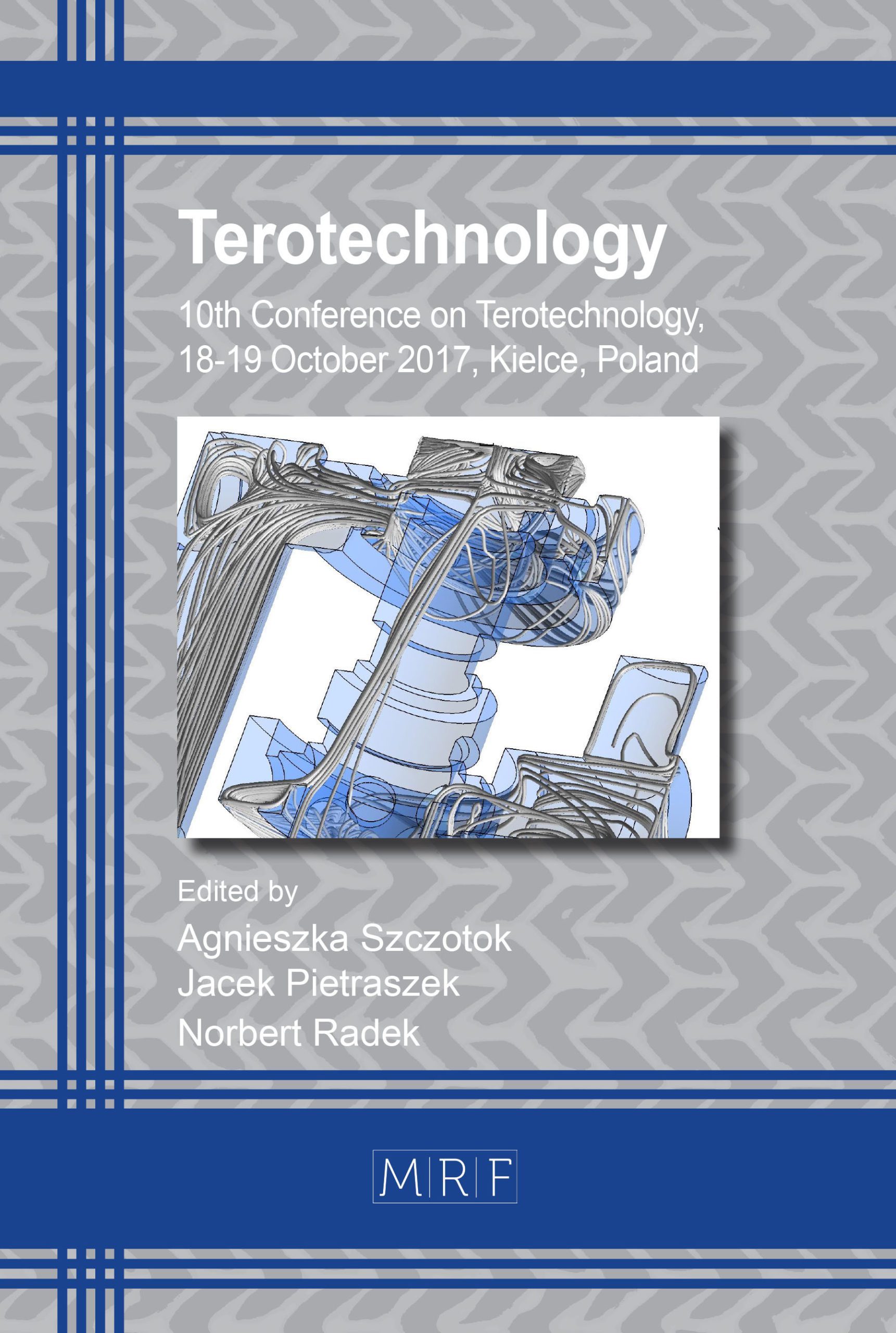The Influence of Reinforcing Layers and Varnish Coatings on the Smoke Properties of Laminates Based on Selected Vinyl Ester and Polyester Resins
RADZISZEWSKA-WOLIŃSKA Jolanta Maria, TARKA Izabelab
download PDFAbstract. The smoke properties of non-flammable polyester-glass laminates with reinforcing layers and laminates with paint coatings in relation to base laminates, unmodified, were compared. The obtained parameters were referred to the requirements applicable in rolling stock. These results were compared with the results of smoke tests for polycarbonate, which as a construction and lining material does not meet the requirements of the EN 45545-2 European rolling stock [1].
Keywords
Flame Retardation of Unsaturated Polyester Resins, Smoke Properties, Polyester-glass Laminates
Published online 7/16/2018, 6 pages
Copyright © 2018 by the author(s)
Published under license by Materials Research Forum LLC., Millersville PA, USA
Citation: RADZISZEWSKA-WOLIŃSKA Jolanta Maria, TARKA Izabelab, ‘The Influence of Reinforcing Layers and Varnish Coatings on the Smoke Properties of Laminates Based on Selected Vinyl Ester and Polyester Resins’, Materials Research Proceedings, Vol. 5, pp 210-215, 2018
DOI: http://dx.doi.org/10.21741/9781945291814-37
The article was published as article 37 of the book Terotechnology
![]() Content from this work may be used under the terms of the Creative Commons Attribution 3.0 licence. Any further distribution of this work must maintain attribution to the author(s) and the title of the work, journal citation and DOI.
Content from this work may be used under the terms of the Creative Commons Attribution 3.0 licence. Any further distribution of this work must maintain attribution to the author(s) and the title of the work, journal citation and DOI.
References
[1] PN-EN 45545-2:2013+A1:2015: Railway applications – Fire protection on railway vehicles – Part 2: Requirements for fire behaviour of materials and components.
[2] J. Radziszewska-Wolińska, D. Milczarek, Uniepalnienie materiałów niemetalowych a ich właściwości funkcjonalne, TTS 11-12, 2012, (in Polish) 56-59.
[3] S. Bourbigot, S. Duquesne, Fire retardant polymers, recent developments and opportunities, Journal of Materials Chemistry, 17 (2007) 2283-2300. https://doi.org/10.1039/b702511d
[4] S. Boryniec, W. Przygocki, Procesy spalania polimerów. Cz III Opóźnianie spalania materiałów polimerowych, Polimery 10 (1999) 656-665 (in Polish).
[5] E. Kocko-Walczak, Nowe bezhalogenowe antypireny-uniepalnianie nienasyconych zywic poliestrowych z zastosowaniem związku boru, Polimery 2 (2008) (in Polish).
[6] Zatorski W., Sałasińska K., Analiza palności nienasyconych żywic poliestrowych modyfikowanych nanocząstkami, Polimery, 61 (2016) 11-12 (in Polish).
[7] E. Konecki M. Półka M, Analiza zasięgu widzialności w dymie powstałym w czasie spalania materiałów poliestrowych, Polimery, 51 (2006), (in Polish).
[8] D. Riegert, Sposoby modyfikowania właściwości palnych tworzyw sztucznych, Bezpieczeństwo i Technika Pożarnicza, 30 (2013) (in Polish).
[9] D. Hohenwarter Experience Gained from Fire Testes According to EN 45545-2 and DIN 5510-2 for Testing of Seats, Railway Reports, 6 (2016) 27-38.
[10] ISO 5659-2:2012: Plastics – Smoke generation – Part 2: Determination of optical density by a single-chamber test.































